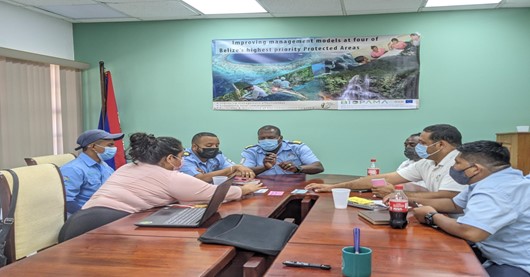The project's strategy was to promote the IMET2 tool and its use within Senegal's protected area network. All managers in the protected area network took part in the training session, to ensure that the tool was properly appropriated, followed by its implementation at site level. Following the participatory elaboration of the assessment results, a process of revision of the development and management plans incorporating the IMET recommendations was initiated.
In addition to the beneficiaries, the training included all the network's managers and community representatives, to have a greater impact on the number of people able to implement the tool in the field. The support provided by a coach for the data collection sessions reinforced the effectiveness of the tool's use in the field with the various stakeholders.
The availability of a coach at national level to accompany the exercise produced good results.
As lessons learned, we realized that the implementation of the IMET tool in the field is subject to the availability of financial resources.
The lesson learned is that the lack of resources allocated to PAs is a blocking factor to better integrate the tool into PA management.
Pre-filling is an important step in managing the time allocated to the assessment, as the work was more tedious at poorly prepared sites.
Strengthening the coach network within countries is more than necessary for a good appropriation of the tool, the availability of only one coach for the country made this exercise very tedious.
IMET reports serve as advocacy documents for donors, helping to boost PA funding and guide management decisions.
